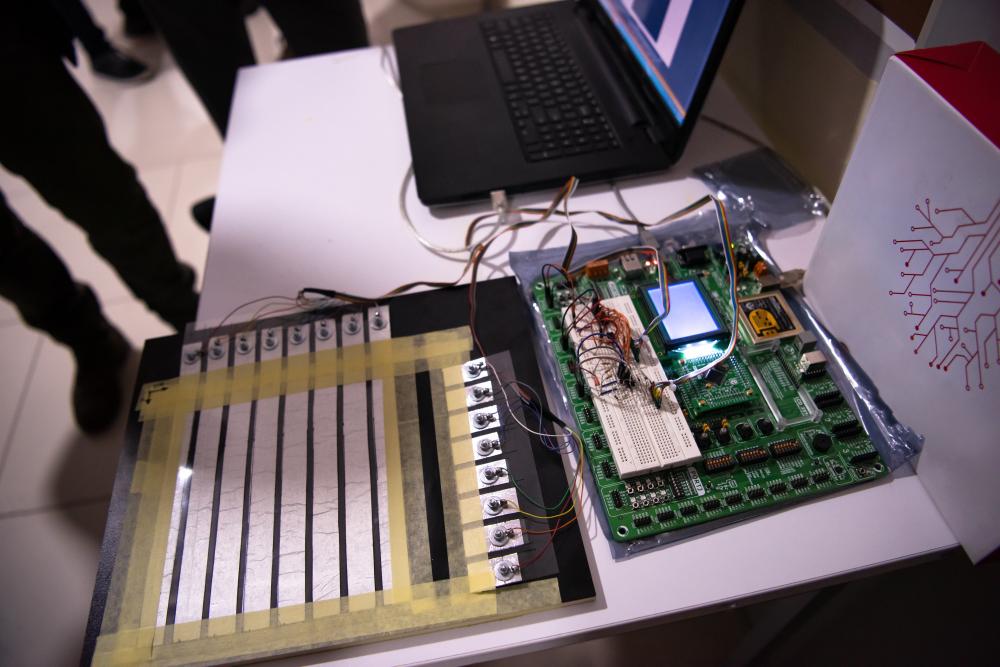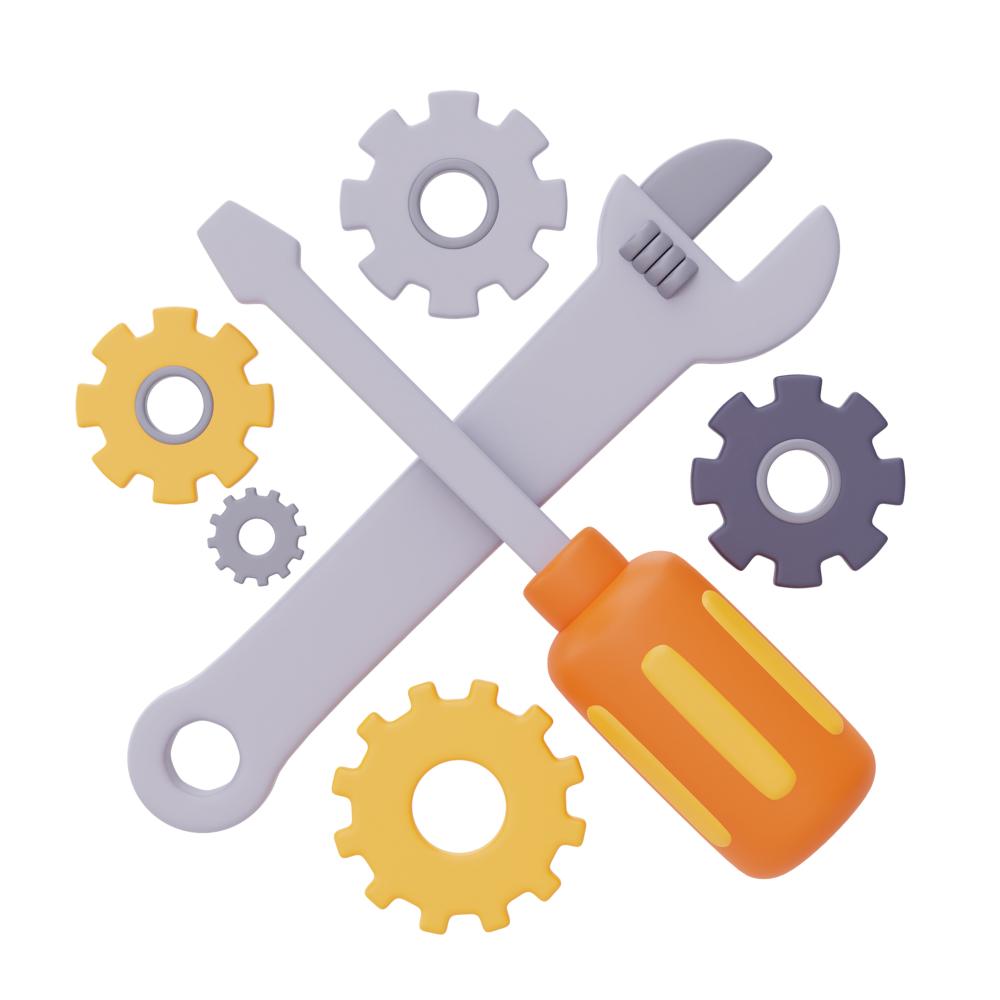Understanding Plasmaschneider Test
Inhaltsverzeichnis
As enthusiasts and professionals in the realm of DIY and home improvement, the exploration and understanding of tools like plasma cutters (Plasmaschneider) are vital to our craft. Plasmaschneider Test, or plasma cutter tests, offer a deep dive into the capabilities, efficiency, and reliability of these powerful machines. At Baumarkt-Angebote, we pride ourselves on providing our community with insights that help them make informed decisions, especially when it comes to selecting the right tools for their projects.
The Importance of Plasmaschneider Test
Plasma cutters play a significant role in cutting through various metals with precision and ease. The Plasmaschneider Test is not just about assessing the cutting prowess of these machines but also understanding their operational efficiency, safety features, and overall value for money. Through meticulous testing, we can discern which models stand out in a crowded market, ensuring that our recommendations meet the high standards our users expect from us.
Criteria for Evaluation
In conducting a Plasmaschneider Test, several key factors are considered. These include cutting speed, accuracy, ease of use, durability, and cost-effectiveness. Additionally, the integration of modern technology, such as CNC compatibility and pilot arc technology, plays a crucial role in our evaluations. By analyzing these aspects, we aim to provide a comprehensive overview that aids in the decision-making process.
Top Picks and Recommendations
Our Plasmaschneider Test reveals a spectrum of products that cater to different needs, from hobbyist applications to professional-grade tasks. Our top picks are curated based on performance, reliability, and user feedback. We also consider the versatility of the plasma cutter, as it’s important that it can handle a variety of metal types and thicknesses with precision.
While we delve into specific models in our detailed reviews, our overarching goal is to ensure that there’s a perfect match for everyone, regardless of their project’s complexity or budget constraints.
Personal Experiences and Anecdotes
In my journey with Baumarkt-Angebote, I’ve had the pleasure of testing numerous plasma cutters. One particular instance that stands out involved a complex metal art project. The precision and efficiency of the plasma cutter I was testing transformed what seemed like a daunting task into a smooth, enjoyable process. It’s experiences like these that underscore the importance of choosing the right tool for the job.
Sharing these personal anecdotes not only adds a human touch to our reviews but also helps our readers relate to the practical applications of the tools we recommend.
Safety Tips
Understanding the power and potential hazards of working with a plasma cutter is paramount. Always wear protective gear, including eye protection, gloves, and long-sleeved shirts, to shield yourself from sparks and ultraviolet radiation. Additionally, ensuring a well-ventilated workspace can prevent harmful fumes from posing a health risk.
Knowing Your Equipment
Before diving into your project, familiarize yourself with the plasma cutter’s manual. Knowing its capabilities and limitations can prevent misuse and potential accidents. Regular maintenance and inspection also play a critical role in safe operation.
Innovations in Plasma Cutting Technology
The evolution of plasma cutting technology is a fascinating subject. Recent advancements have led to more compact, efficient, and user-friendly models. Features like auto-refire technology, which allows the torch to automatically control the pilot arc during cutting, make working with intricate designs and varied materials much easier.
These innovations not only enhance the cutting experience but also open new possibilities for creativity and efficiency in metalworking projects.
Plasmaschneider Test: Conclusion
Conducting a comprehensive Plasmaschneider Test is crucial in guiding both hobbyists and professionals toward making well-informed decisions when selecting a plasma cutter. At Baumarkt-Angebote, our commitment to delivering thorough, unbiased, and relatable content drives us to explore and recommend products that genuinely meet the diverse needs of our community.
Whether you’re embarking on a small home project or tackling larger professional ventures, the right plasma cutter can make all the difference. Through our tests and recommendations, we hope to be a part of your journey, ensuring success in all your metalworking endeavors.
- Assessing cutting speed and precision
- Evaluating ease of use and safety features
- Understanding the impact of technology on performance
- Considering user feedback and personal experiences
- Recommending products that offer the best value for money
In the end, our Plasmaschneider Test segments are more than just reviews; they’re a cornerstone of our mission to empower the DIY and professional metalworking community. By staying abreast of the latest developments and sharing our insights, we hope to inspire confidence and creativity in all your projects.
How accurate are plasma cutters?
Plasma cutters, in our experience at Baumarkt-Angebote, boast remarkable accuracy which is pivotal in metalworking projects requiring precision. The degree of accuracy, however, can vary depending on several factors including the quality of the plasma cutter, the thickness and type of material being cut, and the skill level of the operator. High-quality plasma cutters equipped with modern features such as CNC (Computer Numerical Control) technology can achieve incredibly precise cuts, often to within a few thousandths of an inch. It’s this level of precision that makes plasma cutting invaluable for intricate designs and detailed metalwork. Understanding the capabilities of your plasma cutter and practicing technique can significantly impact the accuracy of your cuts. Have you had an opportunity to experiment with various settings and techniques to optimize your accuracy?
What is plasma cutting used for?
Plasma cutting finds its application in numerous fields, ranging from DIY projects to large-scale industrial manufacturing. It’s a versatile technology that can cut through various types of metal including steel, aluminum, brass, and copper with remarkable ease and precision. Its applications can be seen in making intricate metal artworks, repairing vehicles, fabricating metal parts, and constructing structures. One of the reasons it’s so widely used is its ability to make quick, clean cuts in metal sheets of varying thicknesses. Not only does this speed up the production process, but it also minimizes the need for secondary finishing operations, making it a valuable tool in any metalworker’s arsenal. Whether you’re creating art, building custom furniture, or cutting precise components for machinery, plasma cutting opens up a world of possibilities. Have you discovered a unique application for plasma cutting in your projects?
How long should a plasma cutter last?
At Baumarkt-Angebote, we’ve seen that with proper maintenance and care, a high-quality plasma cutter can last for many years. The lifespan of a plasma cutter greatly depends on its build quality, frequency of use, and how well it is maintained. A professional-grade plasma cutter used in an industrial setting, where it operates several hours a day, may require more frequent servicing or parts replacement than one used occasionally for home projects. Regularly cleaning the components, replacing consumable parts like electrodes and nozzles, and ensuring proper cooling can significantly extend the life of a plasma cutter. It’s not uncommon for well-maintained machines to be fully operational for over a decade. However, technology advancements may warrant an upgrade sooner for efficiency or feature improvements. How often do you perform maintenance checks on your plasma cutter?
What is the difference between laser cutting and plasma cutting?
The primary difference between laser cutting and plasma cutting lies in the technology used to slice through materials. Laser cutters use a highly focused beam of light to melt, burn, or vaporize material, offering exceptional precision that is especially useful for intricate designs on thin materials. Plasma cutting, on the other hand, employs an ionized gas to cut through electrically conductive materials, making it more suitable for thicker metal sheets. While laser cutters can provide higher accuracy and a cleaner finish, plasma cutters are generally faster and more cost-effective, especially for cutting through thicker materials. Each method has its advantages and is best suited to different applications. Deciding between the two often comes down to the specific requirements of your project, including the type of material, thickness, and desired finish. Which cutting technology do you find more aligned with your project needs?
How do modern technologies enhance the capabilities of plasma cutters?
Modern technologies have significantly enhanced the capabilities of plasma cutters, making them more efficient, precise, and user-friendly. For instance, CNC technology allows for automation of the cutting process, enabling highly accurate and repeatable cuts. This integration transforms plasma cutting into a more precise art, especially for complex patterns and shapes. Additionally, features like pilot arc technology enable the cutter to initiate an arc without directly touching the metal, reducing the risk of damaging materials and extending consumable life. Advancements in portability have also made high-quality plasma cutting accessible on-site, expanding the possibilities for construction and repair work outside of traditional workshops. These technological advancements not only improve the cutting experience but also open up new avenues for creativity and efficiency in metalworking projects. How has adopting modern plasma cutters changed the way you approach your metalworking projects?
What safety tips should one follow while using a plasma cutter?
Safety is paramount when using a plasma cutter, given the high temperatures and potential hazards involved in the process. Always wear appropriate protective gear, including eye protection to shield against bright light and UV rays, gloves to protect your hands from hot metal and sparks, and long-sleeved shirts to prevent burns. Ensuring your work area is well-ventilated is crucial to avoid inhaling harmful fumes that can emanate from the cutting process. Additionally, make yourself familiar with the plasma cutter’s manual to understand its specific safety features and operational procedures. Regular maintenance checks can prevent accidents caused by equipment malfunction. Lastly, always be mindful of your surroundings and keep flammable materials away from the cutting area. Implementing these safety measures can greatly reduce the risk of injury, allowing for a safer and more enjoyable metalworking experience. How do you ensure a safe environment while working with plasma cutters?
Plasma Cutter Resources
- Occupational Safety and Health Administration (OSHA) – OSHA provides valuable information on workplace safety, including guidelines for using tools like plasma cutters.
- Lincoln Electric – A leading manufacturer of welding equipment, including plasma cutters, offering product information and educational resources.
- ESAB – Another reputable manufacturer of welding and cutting equipment, providing insights into plasma cutter technology and applications.
- Miller Welds – A well-known brand in the welding industry, offering resources on plasma cutting techniques and equipment maintenance.
- American Welding Society (AWS) – A professional organization dedicated to advancing the science, technology, and application of welding and allied joining and cutting processes.


